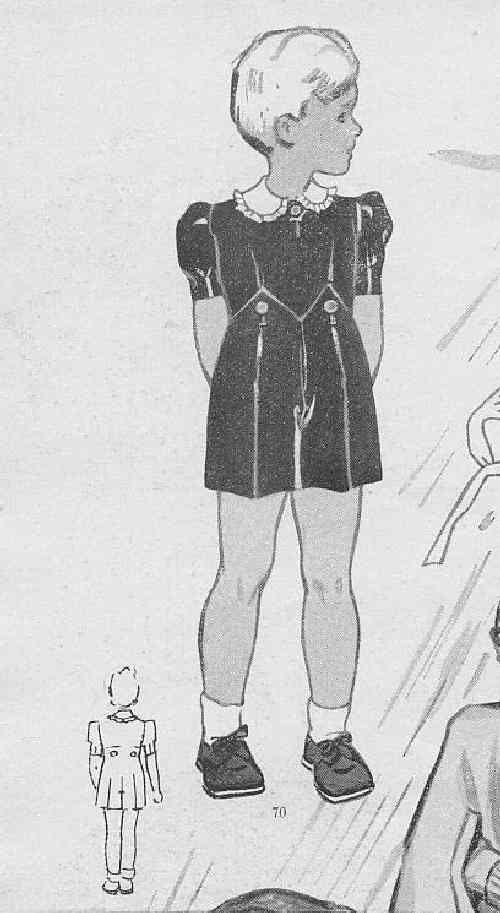
Figure 1.--"Modes et travaux" in its November 1941 issue offered a pattern for this outfit. The pattern was for a 4-year old. Note the button-on styling, puffed sleaves, and ruffled collar.


Figure 1.--"Modes et travaux" in its November 1941 issue offered a pattern for this outfit. The pattern was for a 4-year old. Note the button-on styling, puffed sleaves, and ruffled collar. |
The French word bébé or the English word "baby" used in French does not have the same meaning as the word used in English. In the first half of the 20th cerntury, children as old as 3-4 were consider as "bébés" (babies). The English word "baby" might be used to describe fashionable clothes for children this age. Some garments such as the "manteau baby" retained the name even though it could be worn by boys as old as 10 years old.
A French reader informs us that French mothers consided children of less than 3 years or
even 4 years as a "bébé". This is one reason whu styles for younger French children look so juvenile. So in the magazines sometimes the word "bébé" in French means only a baby or infant ("enfant" is also used differently. Sometimes "bébé is used to desceibe an older child. The word "baby" in French is often used to point out a style and not used to describe the age of a child.
A good example of the used of bébé tondescribe a boy who is clearly not an infant is Modes et travaux in its November 1941 issue which offered a fancy suit for a young boy. The ad copy for the fancy outfit shown here reads, "70: The ad copy for the fancy outfit shown here reads, "70: Costume en velours brun un bébé de 4 ans, la culotte se boutonne sur la blouse garnie d'un col en ottoman cème. Métrage: 1 mètre en 0 m. 80." That would translate as "Brown velvet costume for a 4-year old boy, the shorts button on to the blouse. Finished with a collar in Ottoman cream. Measuring: 1 meter in 0 Mr. 80."
Beginning about the 1940s we begin to note classic double-breasted coats for little boys, referred to in French as "manteau baby". They coats were also very popular in America
and England. We are not sure where this style first appeared, but we begin noticing it in France in the late 1940s, but it may have originated even earlier. It is a style generaly associated with wealthy children. Prince Charles and other wealthy English
children wore them. As did wealthy American children, including John F. Kennedy, Jr. They were worn by both boys and girls. I'm not sure if there were differences in the styles worn by boys and girls. There were a variety of stylistic differences, but I do not
know if these were associated with gender. Stylistic differences included such variations as the cuts/vents on the back of the coat. Some had velvet detailing on the lapels.
There are several other French terms related to children. Usage has varied somewhat over time, but approximate ages are as follows:
Enfant: A child up to 14 years.
Adolescent: A youth 12 till 15 years old
Jeune: A youth 13 an older through about 18-20, sometime a little older.
Navigate the Boys' Historical Clothing catalog/magazine pages:
[Return to the Main French mail order 1941s page]
[Main photo/publishing page]
[Store catalogs]
[Fashion magazines]
Navigate the Boys' Historical Clothing Web Site:
[Return to the French glossary A-M page]
[Introduction]
[Activities]
[Bibliographies]
[Biographies]
[Chronology]
[Clothing styles]
[Countries]
[Contributions]
[FAQs]
[French glossary]
[Satellite sites]
[Boys' Clothing Home]
Navigate the Boys' Historical Clothing Web Site:
[Blouse]
[Buster Brown suits]
[Button-on suits]
[Pinafores]
[Capes]
[Pinafores]
[Ring bearers]
[Rompers]
[Ruffled collar]
[Sailor suits]
[Sailor hats]
[Smocks]
[Tunics]
